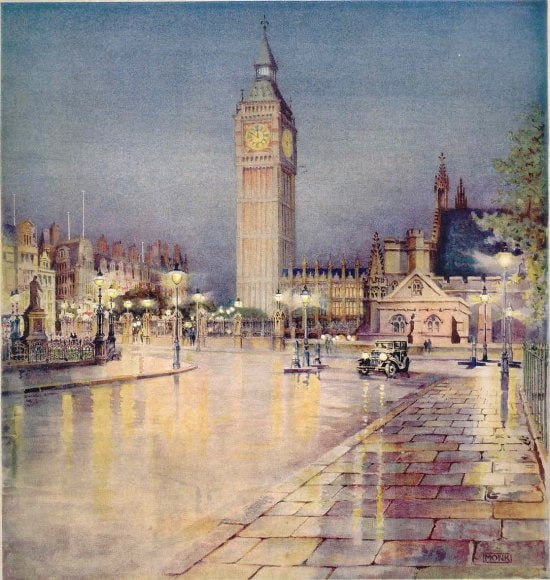
My Tweet:
I fear great grandfather, William, will be turning in his grave as Westminster start to remove all their gas lamps. LED ‘faux’ gas lamps should not be made to look like the originals. Future generations will think they ARE the originals – and never experience true gas lighting.
For those who have not heard this news, it can be summarised simply by the statement that the City of Westminster have put in place a programme – initially stated as 4 years but more recently as 2-years, to remove all 299 gas lights across the city that come within their jurisdiction.
In a series of tweets in reply to objections they say:
As the highways authority, we have a duty to keep street lighting in good working order and maintain light levels to a set standard. Unfortunately, gas lighting is increasingly difficult to maintain and doesn’t provide sufficient light to illuminate the highway.
And:
We’re sympathetic to the look and feel of the city and have a solution replicating the aesthetic of the gas lighting to ensure we respond to the climate emergency and keep street lighting in good working order, while also not significantly changing the appearance of the area.
They intend to replace some or all with a ‘faux’ version copied from the original appearance but utilising LED lamps within a 3-D printed mantle shape and including copies of all the gas details such as pipework and control clocks.
Let us look at the whole story and put it in context with the history of a World Heritage City.
WESTMINSTER IS THE OLDEST CITY IN THE WORLD THAT WAS LIT BY GAS along with the first gas ‘works’ and thus has a responsibility to history to retain the original – or at least the remainder of many iterations and developments of this means of lighting. This in itself should be sufficient to ensure great care is taken with this ancient technology.
Over considerably more than 200 years the technology of gas lighting developed from a simple open flame from a hole in a pipe to proper gas jets and flow governors to multiple flames in huge lamps and then the development of the gas mantle that extended the life of gas lighting by some 50 years in the growing competition with electricity.
The mantle provided far more light using far less gas and the subsequent reduction in heat allowed the lamp sizes to be reduced again. This may be why the posts or columns have been considered more ‘important’ than the lamps as, frequently, the change in the gas lamp was not accompanied by a change in the post, so it is fair to say that it is likely that at least some of the posts are older than the lamps. Some changes in which the increased power of the lamp warranted a taller post were answered by the addition of an extension piece to the post whilst some improvements would have been carried out within the existing lamps without any change to the casing.
——————————————————————————————————————-
In June 2007 a Green Plaque was unveiled in Pall Mall to commemorate the bicentenary of gaslighting and only one month later another Green Plaque was unveiled commemorating the first gas works of the Gas Light & Coke Company. Both occasions were accompanied by Westminster mayoralty.
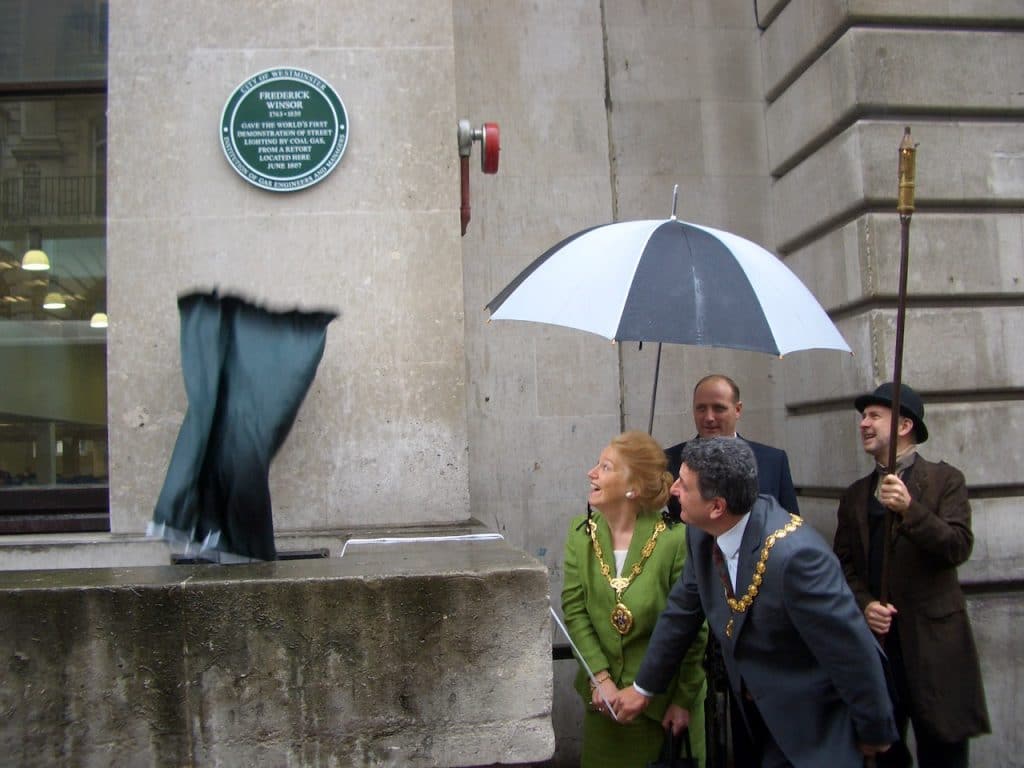
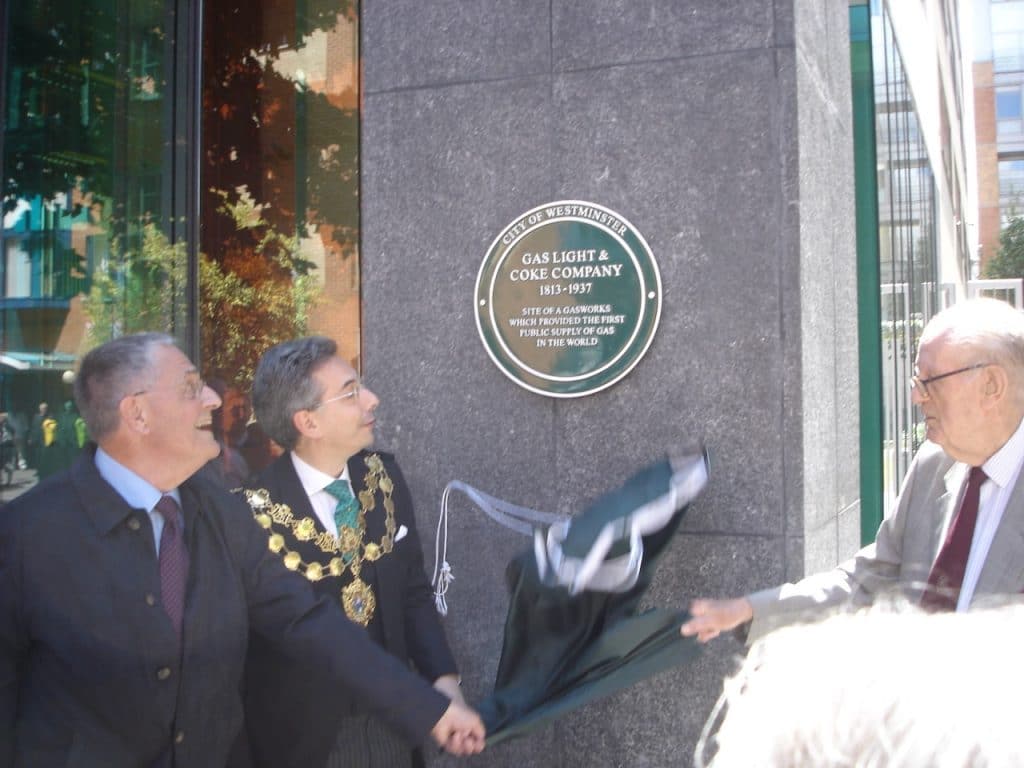
For the historian, gas lighting in Carlton House Terrace is particularly significant. It was along the wall between the gardens of Carlton House and The Mall that the first demonstration of gas lighting fed by pipework all the way from the retort in Pall Mall was demonstrated to the delighted public in 1807 for the birthday of George III.
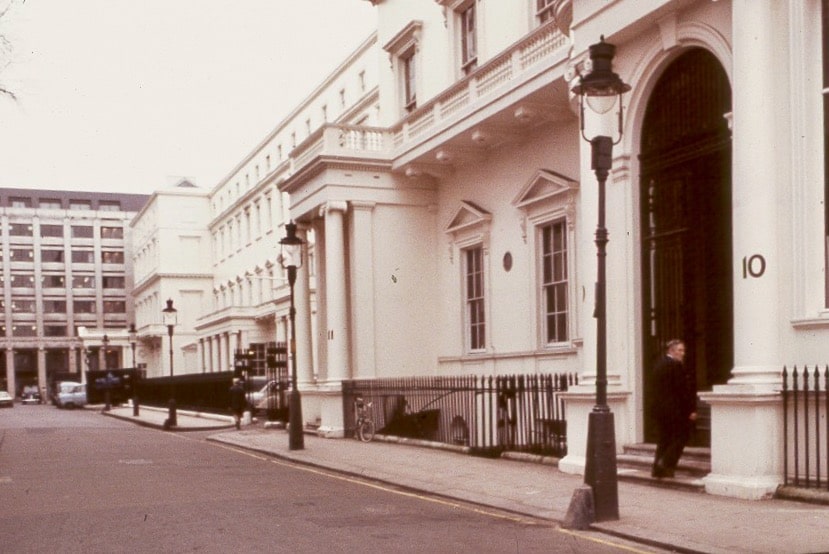
These ‘Upright Rochester’ lamps in Carlton House Terrace illustrate an important development of gaslighting and you can even see the post extension mentioned earlier. The Rochester lamp is common to many of the operating gas lamps in Westminster and was the final development of the multi mantle superheated cluster burner ‘shadowless’ lamp that was developed to replace the framed lanterns such as the square Windsor from 1898 and the more decorative conical Grosvenor and any remaining large hexagonal or even octagonal lamps in the very early years of the 20th C . This can make some of these lamps 100 years old. If that is not worth protection, what is?
The Rochester, of which this model is known as an ‘Upright’ was available in many sizes, generally the more mantles it carried, the larger the lamp. Westminster even decided to have a larger lamp but with less mantles than would have been fitted normally. This indicates a careful choice for the visual effect.
More History
A Genuine Advert
“Great modern cities must have their streets brilliantly lit .. reliably lit. The City of Westminster has again chosen to light 55 miles of its streets – brilliantly . . reliably . . by gas . . and for another 15 years. A great contract . . just signed . . affecting more than half the West End of London . . running until 1947 . . given to gas. Not only in the City of Westminster but in nearly a hundred other municipalities streets are lit by the Gas Light & Coke Company. 50,000 street lamps in all. A big undertaking? Yes. But only a tiny fraction of the Company’s whole load for cooking and heating in more than a million London homes and over 2000 London trades.”
I realise this is between the wars and obviously WWII was to intervene but it gives you a good idea of the huge connection between Westminster and Gas lighting which is now demonstrably being ignored. 50,000 lamps reduced to 1500 across London at the most recent count – prior to removals and they are only talking about 299 in Westminster.
The Previous View of Westminster over their Gas Lighting
Much more recently when DF was Service Development Manager (Public Lighting) for Westminster we had several discussions about the future and I quote from one:
“Unfortunately, we simply do not know enough about our Gas Lighting stock, I guess my predecessors kept the knowledge in their heads and not in documents or they have been lost.
Westminster City Council are very aware of the historic value of the Gas Lighting asset and have allocated budget for its support into the future. I have been trying to gather as much information as I can to correctly document the history of the lighting heritage and Suggs are a significant contributor to this story.
Suggs were originally a Vincent Street ?(The factory was called Vincent Works but the road is Regency Street.C.S.) Westminster factory and the link is tangible and a great aspect of the story that we are trying to record. While the information that we have is far from complete and may not be completely accurate I hope to resolve this over the next few years (We are very busy)
With your website I’m sure I will be able to resolve some of the gaps in our knowledge
If we have any information or knowledge that is useful to you just ask and if we can help we will, I’m committed to the long-term future of this asset and the more knowledge that can be saved and collated the more robust this goal will be.”
——————————————————————————————————————-
So what has changed – other than the loss of DF?
Naturally things move on and the development of LED lighting as well as increases in costs and the availability of suitably qualified gas engineers all have their place in the future context. I am, however, concerned that the current ‘progress’ has been taken with little concern as to how the wider public or even the ‘heritage public’ and those who are visiting our ‘World Heritage City’ expecting to experience actual gaslight, may respond.
However
If you were to visit Prague they have a growing number of traditional gas street lamps which can (optionally) be lit by a lamplighter who is followed by a crowd to experience the tradition that is now part of the reason for visiting the city.
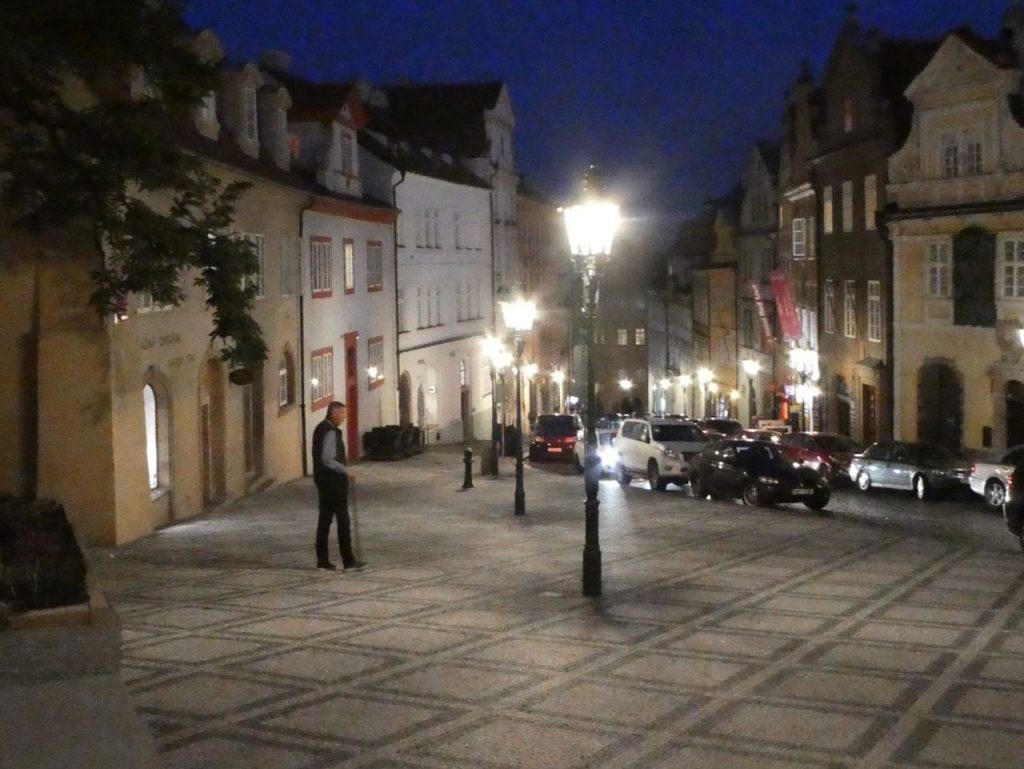
The City of Boston in the States has a huge gaslight district for which we supplied hundreds of burners.
If Hong Kong can provide gas for the only 4 remaining gas lamps in the territory, which are old Sugg Upright Rochester lamps that the company have refurbished in recent times, surely Westminster should realise the importance of their few remaining gas lights?
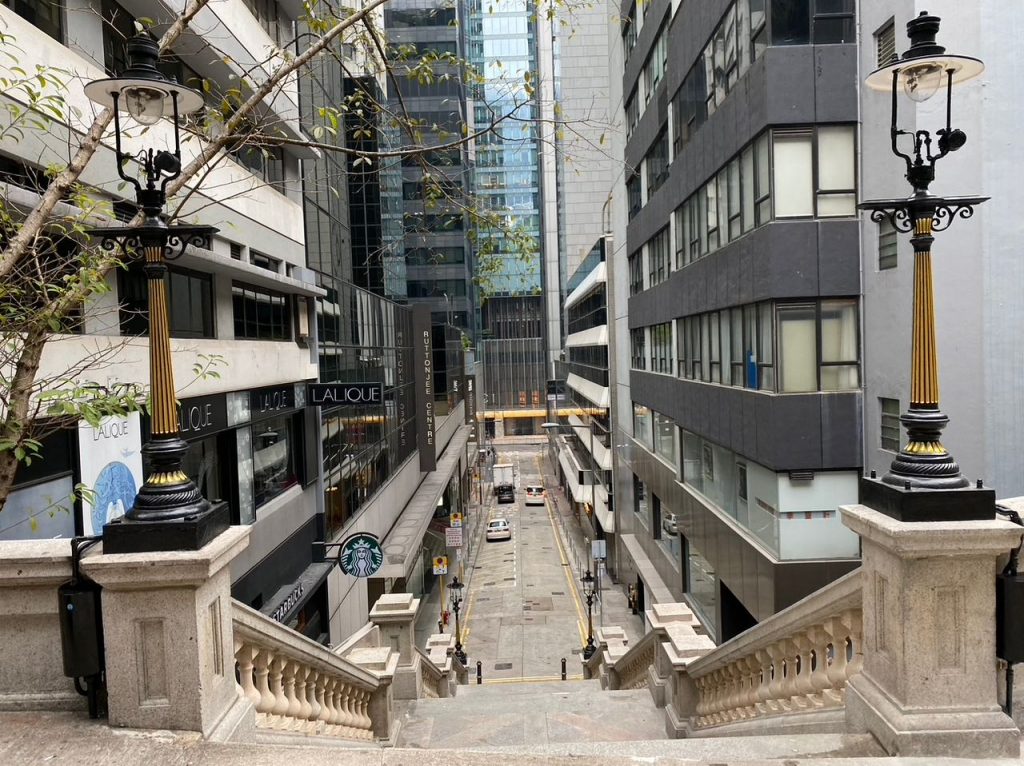
The use of a ‘faux’ gas lamp made to match the appearance of the original is a very dubious option as it goes against all the principles that are applied to any historic building or product. It must be possible for a future generation to be able to recognise originality and not be fooled into thinking that what they have in front of them, in this case, is a genuine gas lamp.
Yes, they do need maintenance to keep them in good order but they pay back in so many ways.
Are we going to lose the history that is so avidly kept by other countries when we – and Westminster – were the first?
There are several pieces of film on youtube that are worth watching regarding the maintenance of the lamps by the team that has looked after them for many years. This is just one.

21 responses
This is very sad – vandals and philistines!
Certainly is! Completely unforgivable!
I wonder if BG and/or Westminster would be willing to sell/donate examples of the different lamps to preservationists so that there are some “museum pieces” and that the lamps (Rochester, Windsor, etc) are not destroyed but can be preserved (either in a private collection, public museums, “living museums” where they are still lit up, etc). It’d be a crying shame (wanton vandalism and destruction of historically important artefacts frankly…) to have such beautiful lamps destroyed when they are still functional and in good repair.
A further example of the continued and deliberate destruction of the stock of heritage assets within the U.K. Compare this latest proposal with that of the 1960’s to demolish the hotel at St Pancras where it’s value today is aptly demonstrated. Is there a U.K. Parliamentary committee covering heritage or the like where the issue could be raised?
Heritage comes under the Department for Digital, Culture, Media & Sport so how high up can our problem be? I have written because of the nonsense of listing only covering the posts and not the lamps. Good point about St Pancras.
I LEFT LONDON IN TIME TO AVOID SEEING THIS TYPICAL BLIND COUNCIL MOVE.
I UNDERSTAND BERLIN IS TO SUFFER SAME FATE.
I UNDERSTAND TH EXTRA COST OF LIGHTING STREETS BY GAS, BUT SURELY GASLIGHTS IN A SMALL AREA WHERE OVERSEAS VISITORS WILL RETURN TO WOULD BRING IN MORE CASH THAN THE REPLACEMENTS.
Hello Ray, thanks for the comment. Yes, all these points are being made including the fact that listed lamp posts does not include the lamp which is not considered relevant. This one is being queried with the department responsible which, would you believe, is DCMS, Digital, Culture, Media & Sport! You might wonder how long I might wait for a reply!
The German situation is looking more hopeful with funds being added from government sources. What about us?
If you have any lamp pictures from Westminster – (not Parliament or Buckingham Palace) – especially if they are lit I would appreciate a view.
Regards, Chris
Dear Chris, if the worst happens, we are interested in taking over gas lamps to our Gas museum or to the historic streets of Prague.
Jan
Thank you Jan, I will tell everyone that Prague is more interested in heritage than the city that first used gas lighting – and I have pictures to prove it! Hope all is well with you,
Chris
This is very depressing news .
Municipal vandalism.
Would I be right in thinking that Historic England and Westminster Council would be the places to write to ?
My road in Norwich has 3 working Winsors.
Yes, Jackie, exactly that. Historic England can list the lamps but have no approach for the gas aspect it seems. If it became essential to stop using gas, it would be possible to modify the original lamps rather than throw all that history away. Certainly Westminster Council need asking if the members agreed to this or was it just the lighting department?
These gas lights are our heritage.
As a resident of Westminster for over 70 years I have seen the desecration of this historic city and am ashamed at how little it is valued compared to cities in other countries.
Chris,
I noticed somewhere that you would welcome photos of Westminster lamps. How can I send you some taken in 2015?
Peter Jarratt
Hi Michael, No they have nothing to do with Sugg. The Westminster lighting department decided to ask another manufacturer to develop the faux versions and I believe paid for the development. The Sugg company does have a method of converting the original lamps to LED if this is what becomes inevitable but, after spending a considerable sum on the development I suspect they will want to continue. The question is, was this process agreed by the council or did the lighting department took it on themselves? A question for the council members perhaps.
Hello Chris
So sorry to hear of this plan to remove the Sugg gas lamps in Westminster, for electricity. That is indeed scandalous given the historical authenticity the gas lamps provide to this uniquely important part of London; the value they give for tourists; and the connection to your great grandfather William’s gas lamp factory in Westminster.
Hi Simon! Yes, it is a scandal, however I have only just come across your comment because there has been so much rubbish posted that takes ages to get rid of. However, as you probably know by now we have won a reprieve due to a great campaign on Instagram by Luke Honey and the Gasketeers. If you need links, let me know
Don’t allow it. It is vandalism. Who makes these decisions.
Sheer vandalism. Who makes these decisions. These lamps in their original state should remain for future generations.
Hi Chris
I was very sorry to learn about Westminster’s plans. So far as I’m concerned, the gas lights are a major attraction of the area around the Royal Parks and I’m sure I read somewhere that the Royal Family insisted on having them for things like the Queen Elizabeth memorial, and of course, they are all around Buckingham Palace too. Additionally, they were relatively recently installed in the Covent Garden area, again to give the place a suitable atmosphere. Will Westminster’s desecration include all of these areas?
Hi Steve, No, fortunately several areas come under other controls so Royal Household and Parliamentary Works for instance are independent but there will be pressure to follow although I am sure they will retain the original lamps and not produce a fake version. Some of the lamps are 100 years old or more.
You could certainly see your enthusiasm within the article you
write. The sector hopes for even more passionate writers like you who
are not afraid to say how they believe. Always follow your heart.